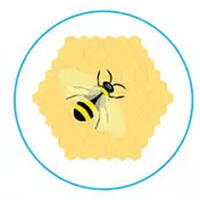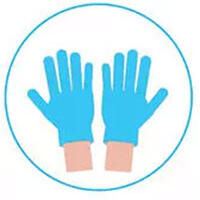Community Pediatric Asthma Service

Asthma and Anaphylaxis
If you have asthma and anaphylaxis, uncontrolled
asthma puts you at greater risk of death from
an anaphylactic reaction.
Resources

- Anaphylaxis Emergency Plan, (Food Allergy Canada)
- ImmuniForce: The Anaphylaxis Strike A new children's graphic novel where heroes fight allergens, teaching kids severe allergy & asthma safety in a fun and engaging way
- How to use an EpiPen, (Viatris)
- The Basics of Asthma, Allergies and Anaphylaxis and Understanding the Differences, (Ontario Physical and Health Education Association)
- If I have asthma, what does it mean for my food allergy? (Food Allergy Canada)
Walk | Run | Play | Breathe
Material on this website has been designed for information purposes only. It should not be used in place of medical advice, instruction and/or treatment.
If you have specific questions, please consult your doctor or appropriate health care professional.






